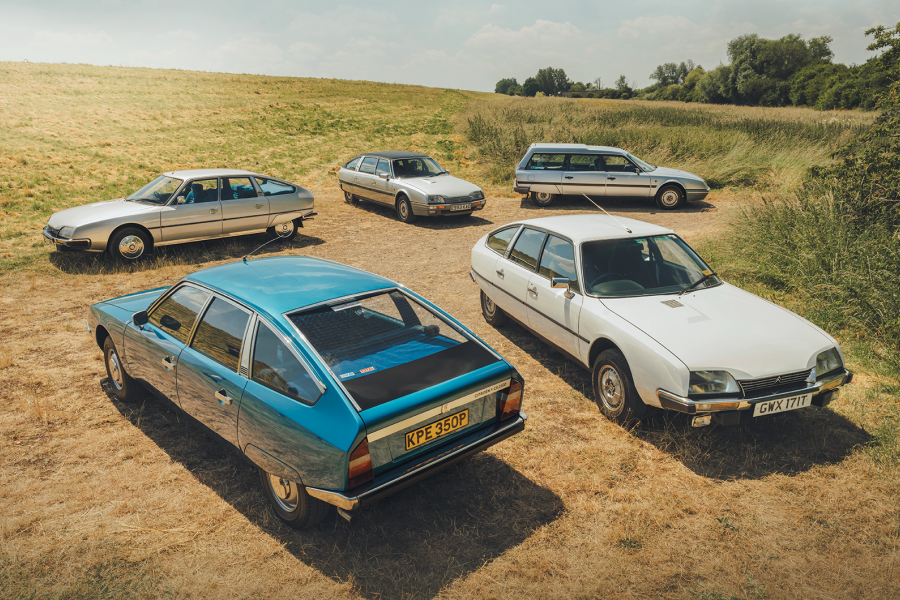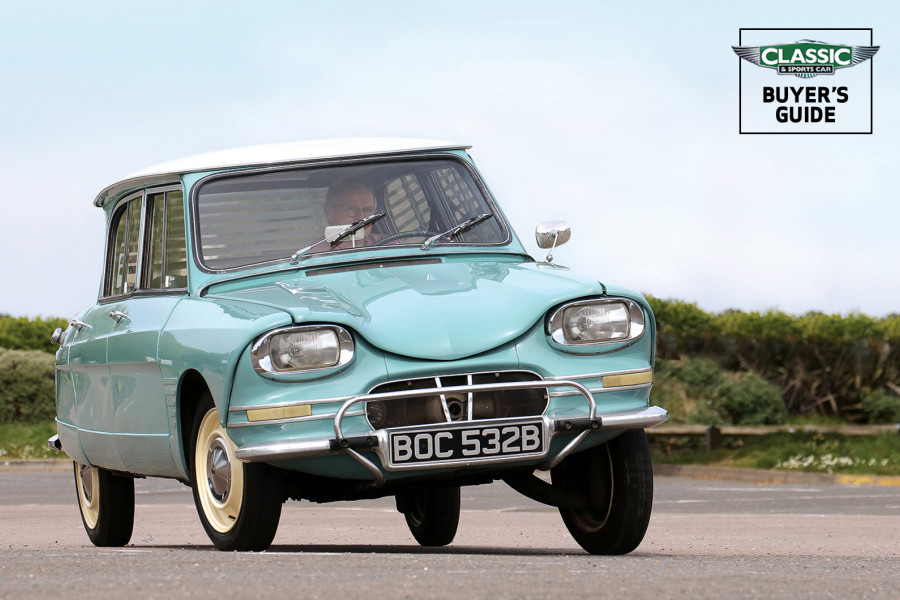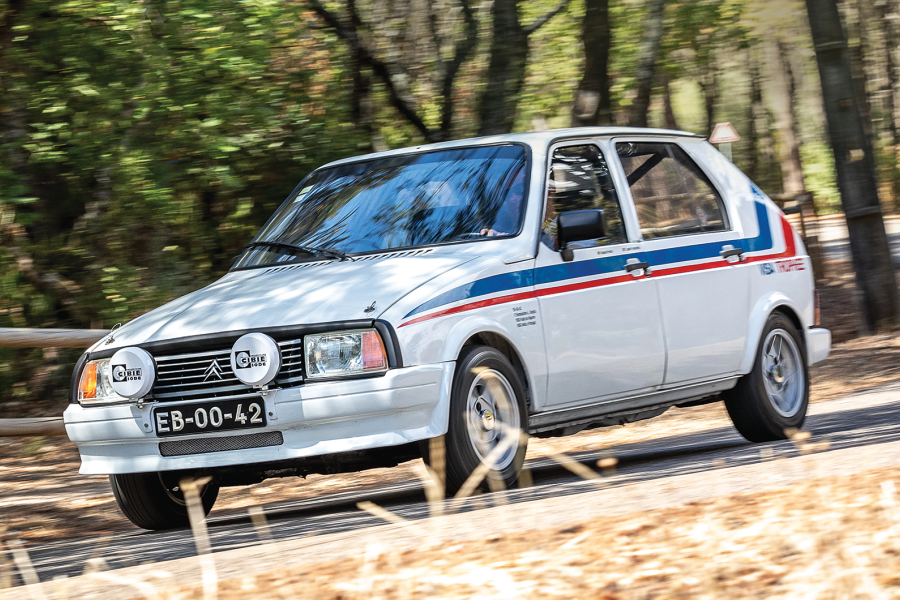
How can it be? How is it that Emanuele Filippini’s Citroën DS19 is the third-earliest known? How can a car built on 3 February 1956, months after the model’s debut, have a chassis number as low as 359?
These facts are eloquent; to guide you towards the explanation, I’ll throw in a couple of figures.
In 1956, the first full year of DS production after its media-frenzy launch at the October 1955 Paris motor show, just 10,859 examples left the Quai de Javel assembly halls
Output of the Traction Avant that year amounted to 25,182 units. Derided for its antiquity, the Traction was manufactured at roughly two and half times the rate of the most sensational and advanced car in the world. As with its emblematic ancestor, the DS had a troubled start to life.

That is an understatement. The early years of the DS were an industrial catastrophe that shades all other similarly difficult automotive births.
For instance, sorting out the Mini’s multitudinous teething problems was a walk in the park in comparison.


















